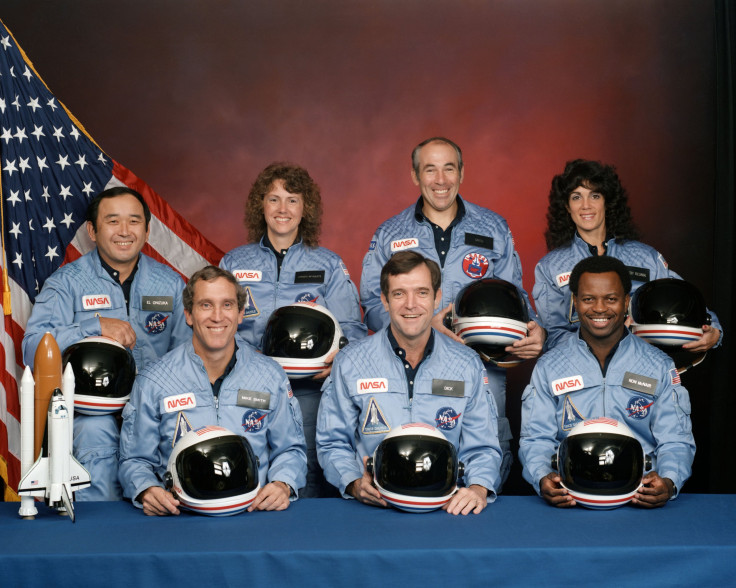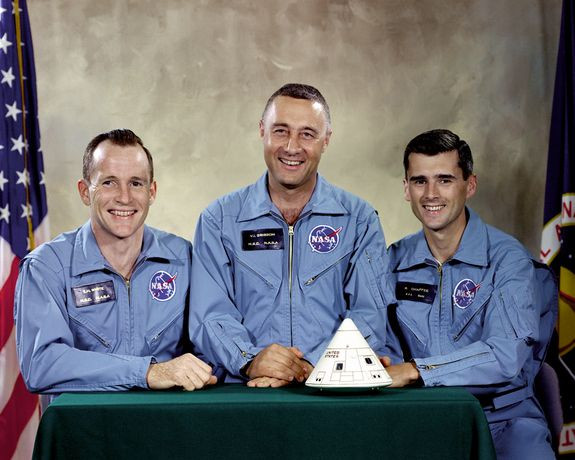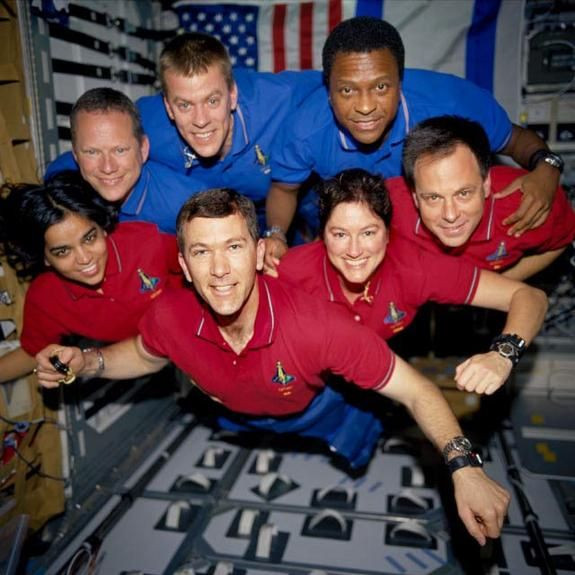NASA Day Of Remembrance Honors Fallen Astronauts Of Challenger, Columbia And Apollo Disasters [VIDEO]

NASA’s annual Day of Remembrance to honor fallen astronauts was underway Wednesday, which marked 29 years since seven crew members perished in the Space Shuttle Challenger disaster on Jan. 28, 1986. The space agency held a wreath-laying ceremony at Arlington National Cemetery in Arlington, Virginia, as well as tribute events at the Marshall Space Flight Center in Huntsville, Alabama and the Kennedy Space Center in Florida.
The ceremonies were meant to honor not only the Challenger crew but other space explorers killed in missions and test flights throughout NASA’s 56-year history. “Today we remember and give thanks for the lives and contributions of those who gave all trying to push the boundaries of human achievement,” the space agency said in a statement. “On this solemn occasion, we pause in our normal routines and remember … those lost in test flights and aeronautics research throughout our history.”
Twenty-nine years ago, Space Shuttle Challenger broke apart just 73 seconds after launch on what would have been its tenth space mission. The space shuttle went down in a blaze of fire on live television and was one of the worst tragedies in the space agency’s history. The disaster was caused by a single booster engine failure.
Nineteen years earlier, in 1967, three astronauts – veteran Gus Grissom, the U.S.’ first space “walker” Ed White and novice Roger Chaffee – were killed during a training exercise for the Apollo 1 mission after a fire erupted on the launch pad. It was NASA’s first major disaster and led to significant engineering and design changes being made prior to the upcoming moon landings.

Most recently, on Feb. 1, 2003, Space Shuttle Columbia broke apart as the astronauts reentered Earth’s atmosphere. All seven crew members were killed. In the skies today we saw destruction and tragedy,” President George W. Bush said following the disaster above Texas and Louisiana. “Yet farther than we can see there is comfort and hope.”

© Copyright IBTimes 2025. All rights reserved.






















